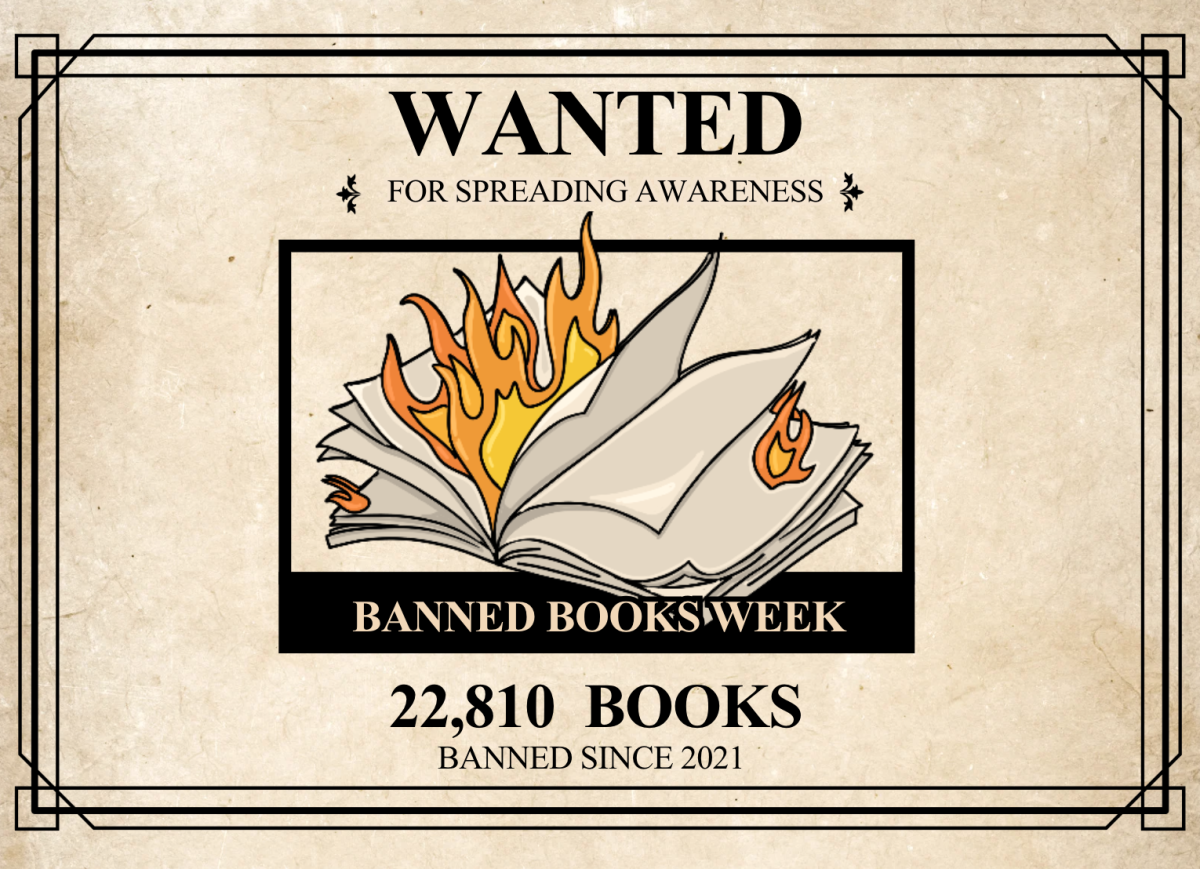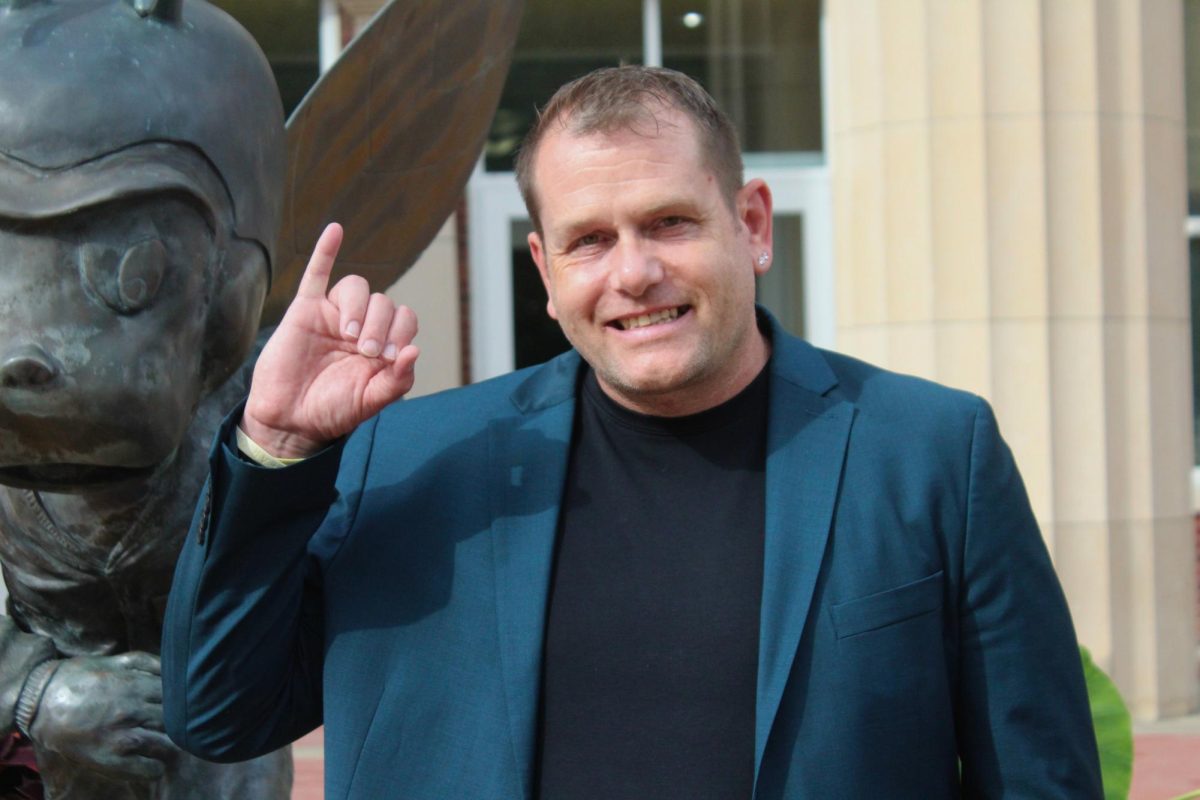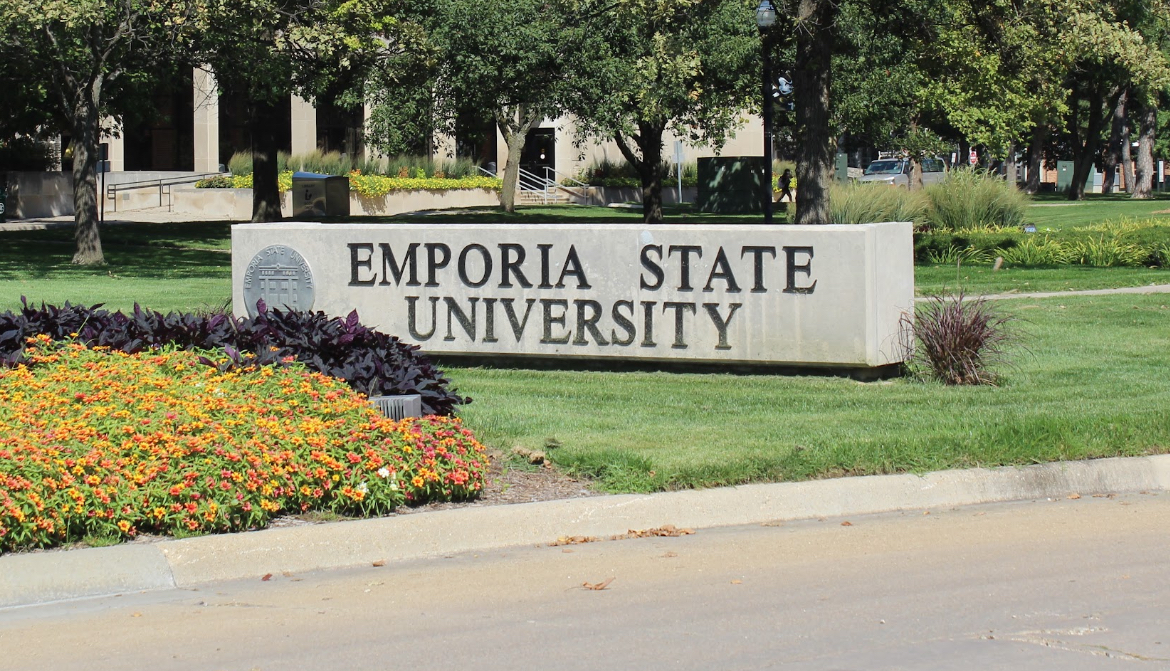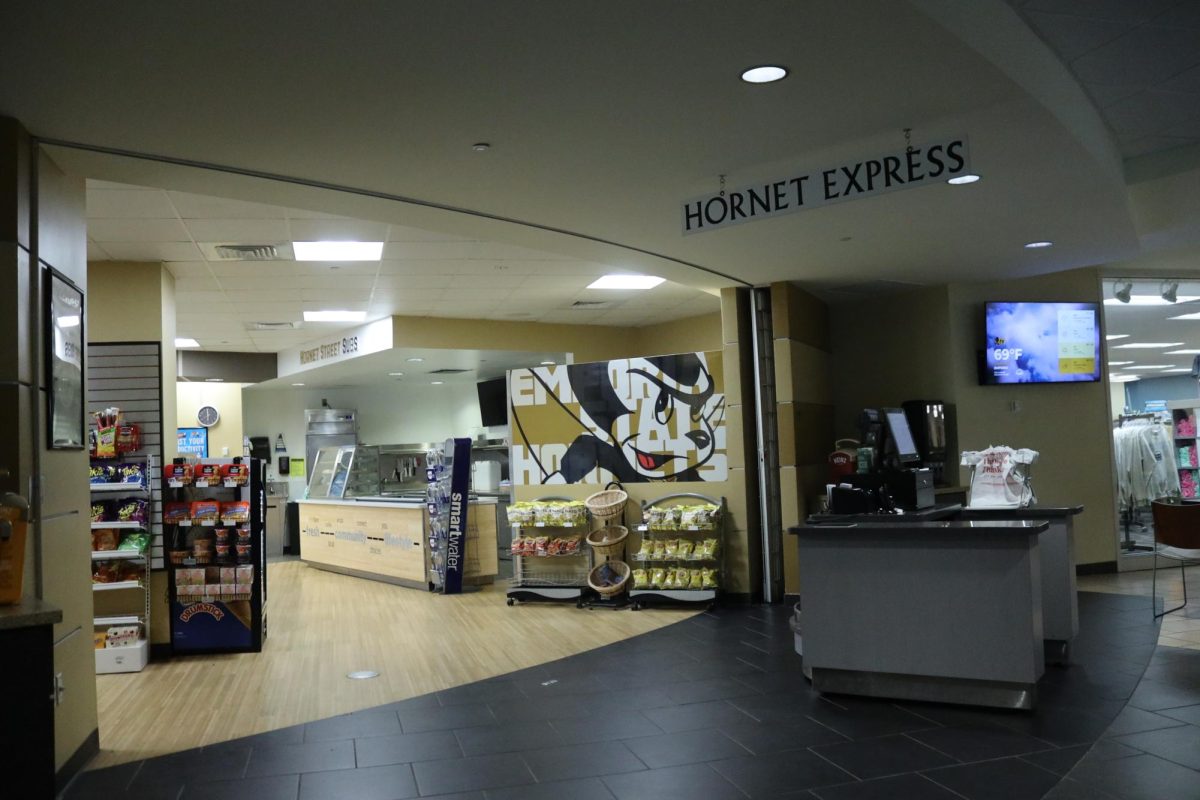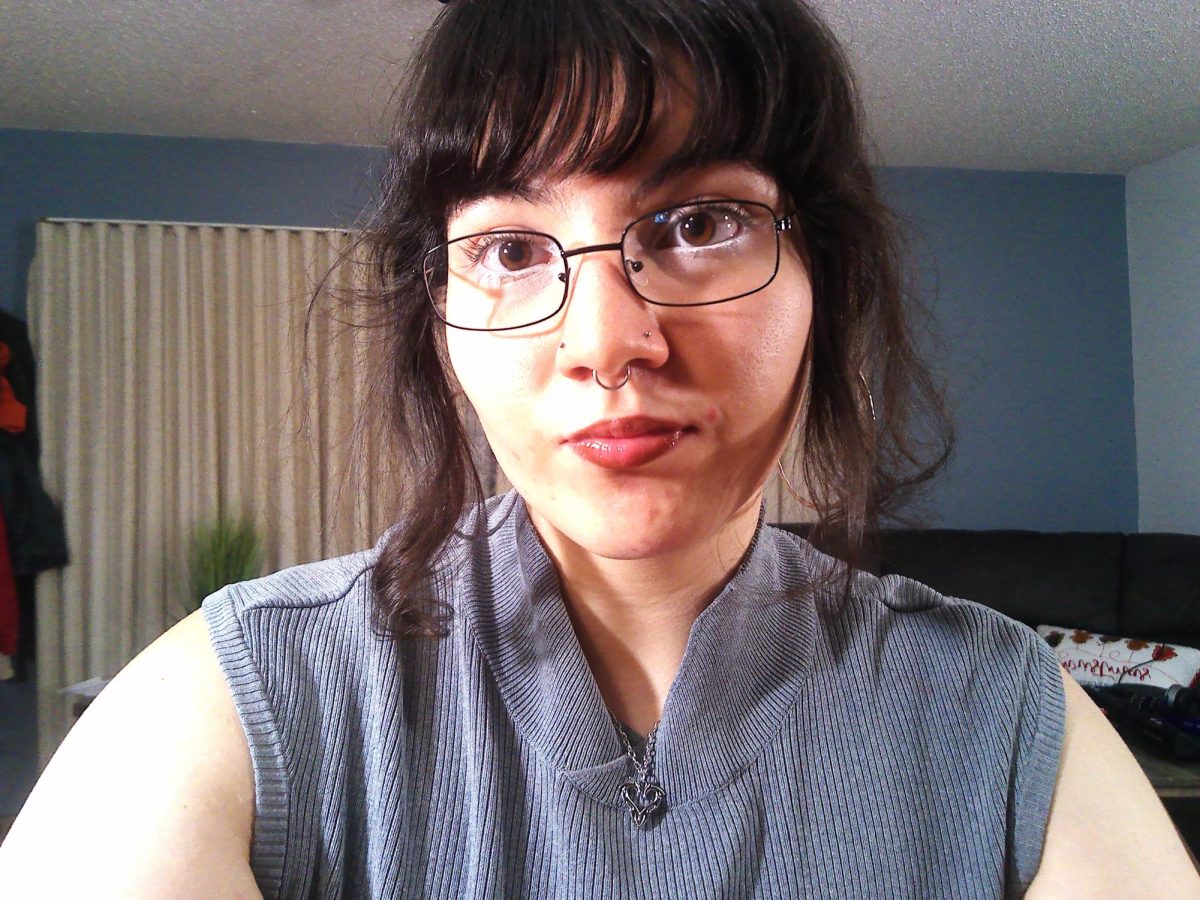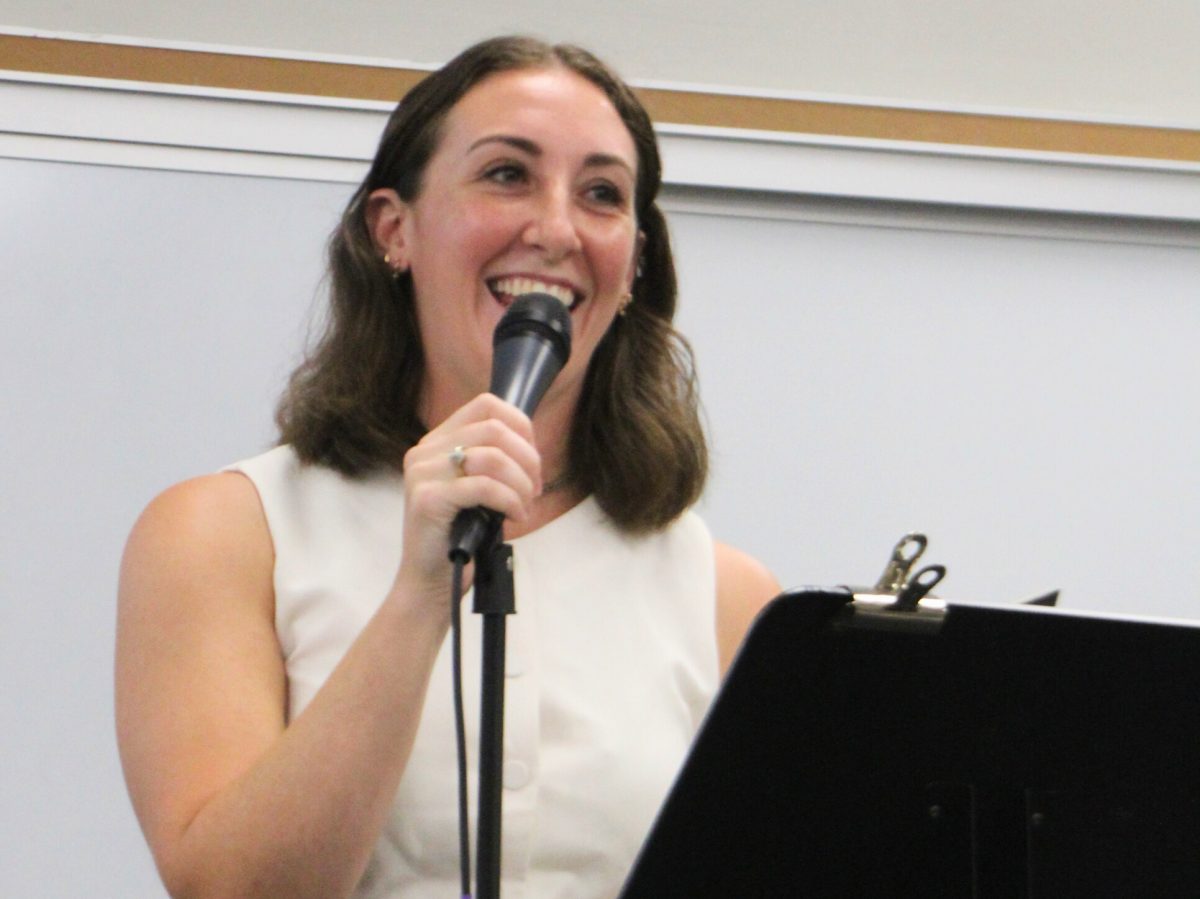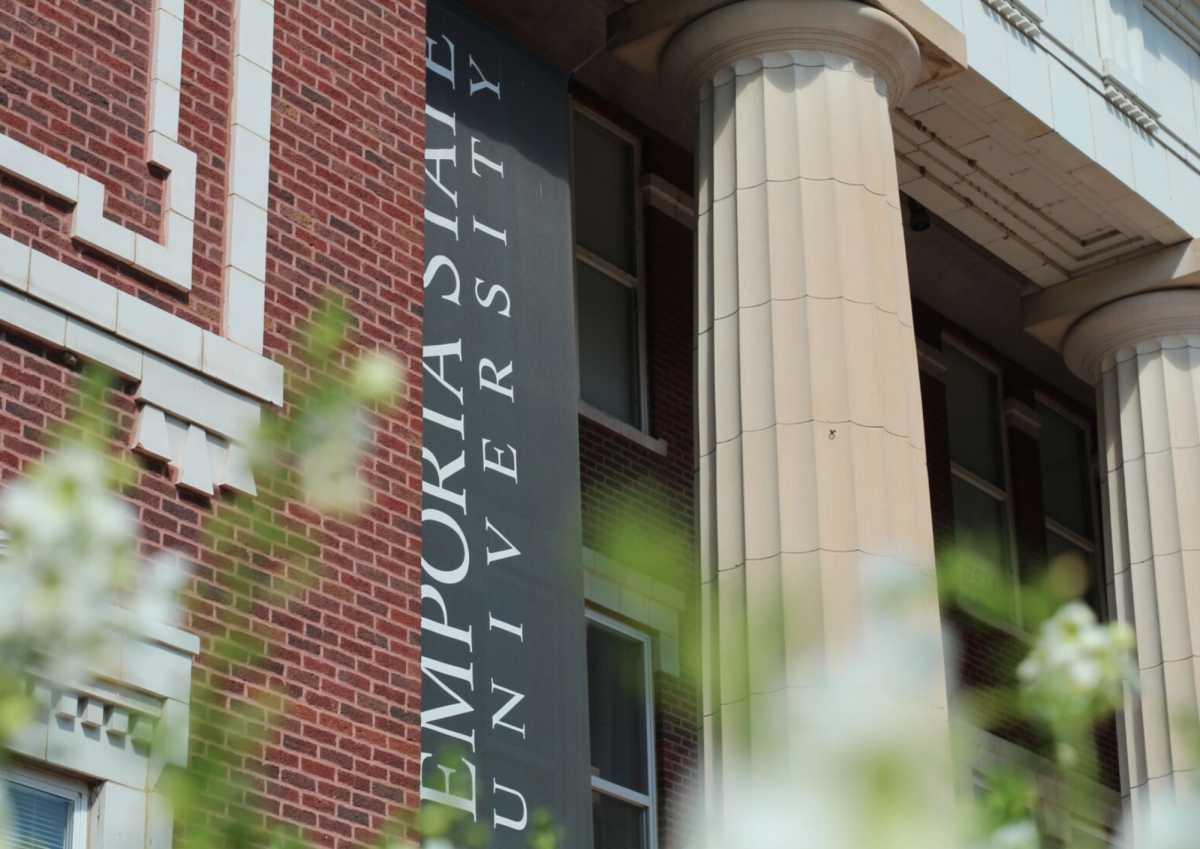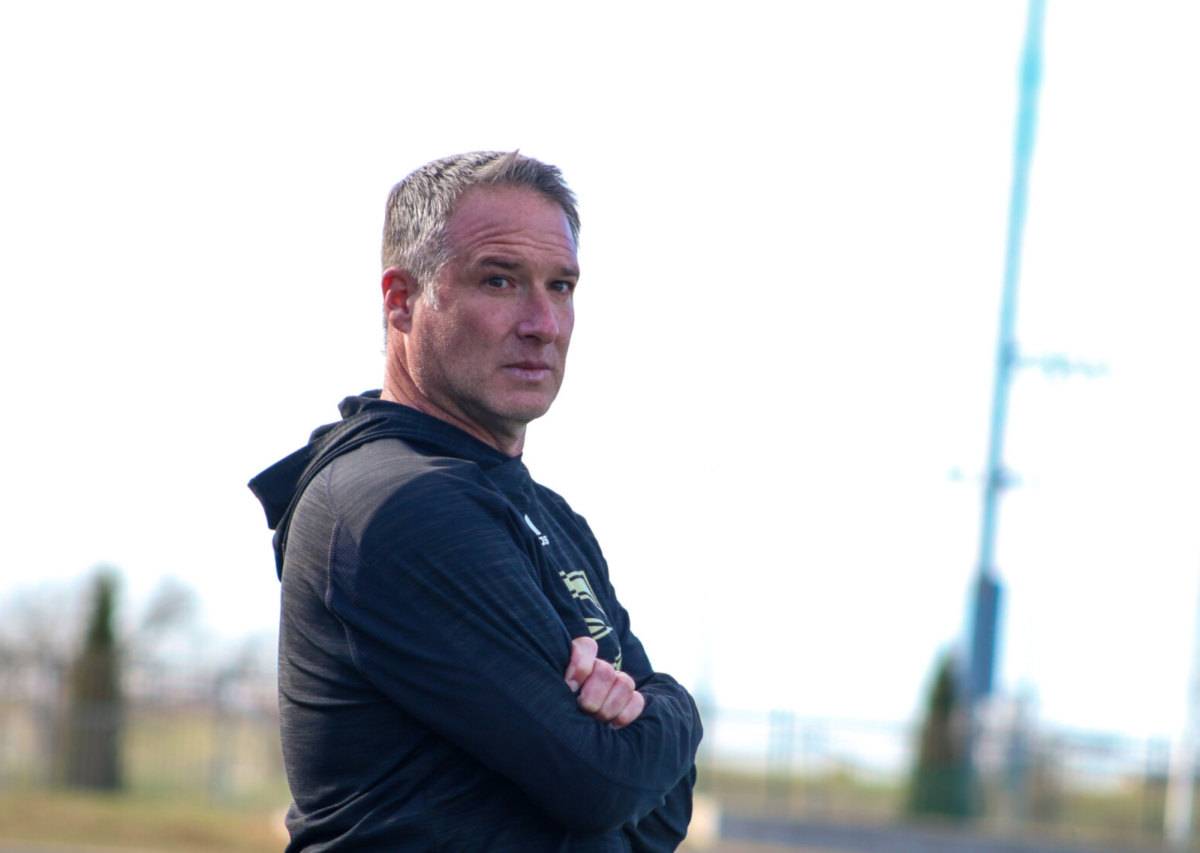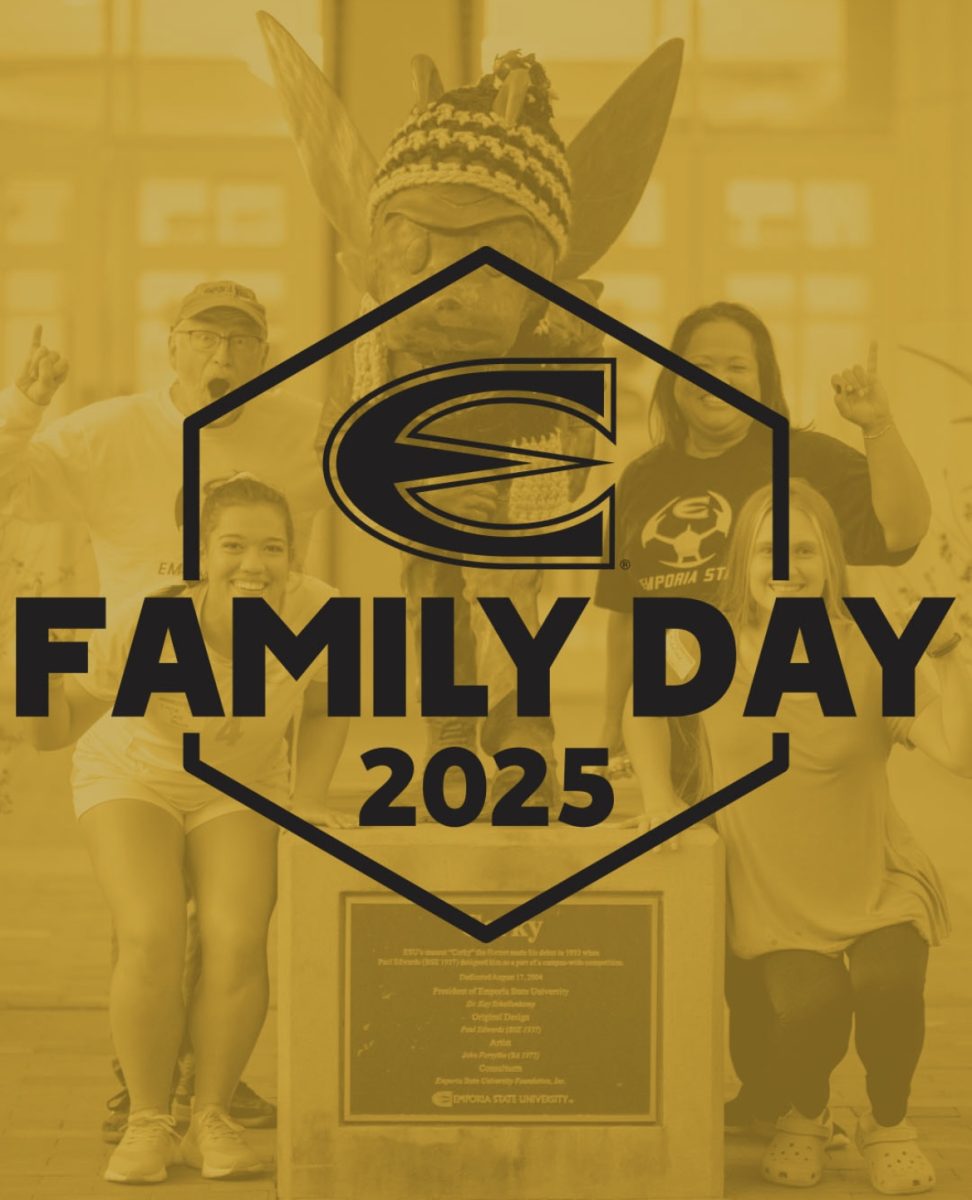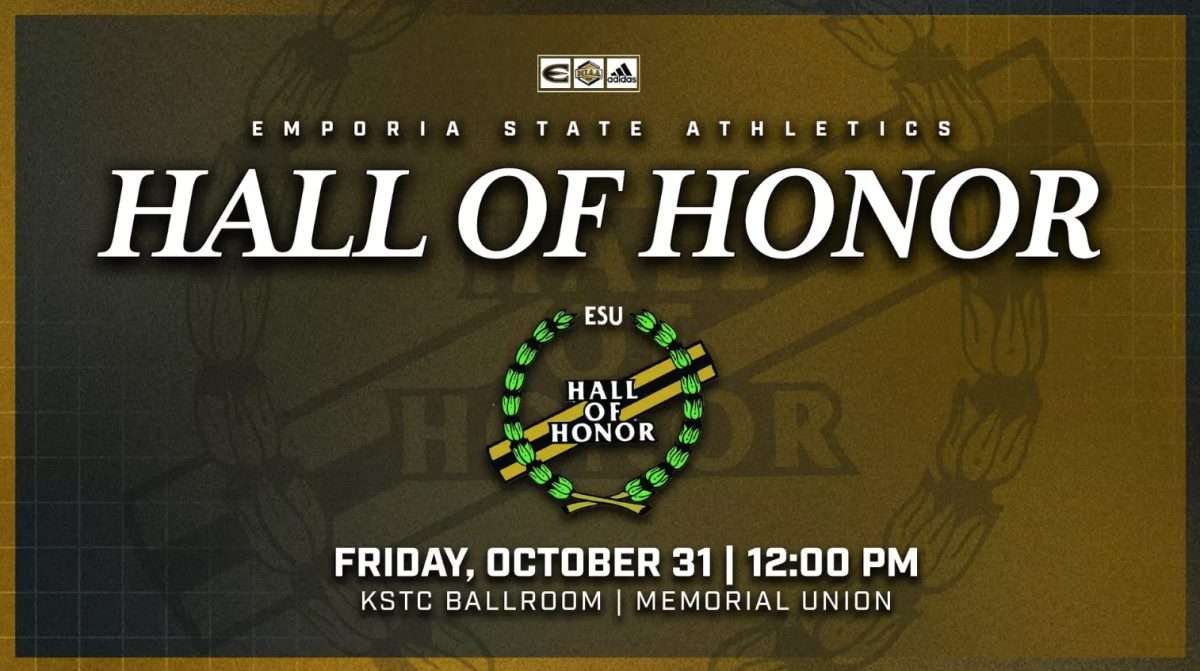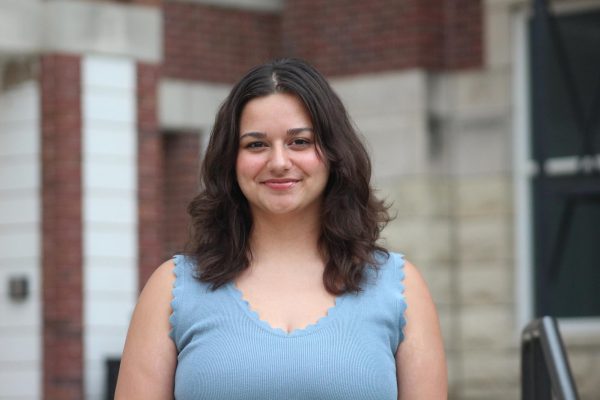Jan Todd, assistant professor of humanities and social sciences at Emporia State, is passionate about educating students on the importance and real-life applications of the humanities and social sciences. Two years ago, she began offering a 24-hour deep dive into real-life issues in those fields sponsored by the School of Humanities and Social Sciences – a trip she has called the “E-mersion.” The trip is at little or no cost for students and is available to up to ten students per semester.
“(Post-Covid), clubs didn’t feel like they were jumping back in,” said Todd. “And I thought, we need this space where people can connect and have an experience, and at the same time, get some really strong connections to the ideas of sociology in the real world.”
On past E-mersions, groups have traveled to Topeka to examine segregation, Wichita to delve into Kansas’ minority groups and Kansas City to observe homelessness. This semester, five students focused on voluntary and involuntary migration in Manhattan. Todd described migration as a “complex issue in this little place called Kansas.”
After settling into their Vrbo on Sunday, Nov. 10, the group went on a self-guided tour of the Underground Railroad points in Manhattan. Manhattan was an edge of Kansas’ western route of the underground railroad.
That night, they watched a documentary about human trafficking, an involuntary and forced form of migration. Interstate 70, which spans from Kansas City in the east to the Western border of Kansas, is a major hotspot for human trafficking.
The group also visited and worked with refugees with the Manhattan Area Resettlement Team on Monday, Nov. 11 before returning to Emporia in the afternoon.
According to Todd, Manhattan is considered a sanctuary city for refugees. Since its founding, the Manhattan Area Resettlement Team (MART) has assisted 211 refugees in settling. MART first volunteered with Afghani refugees and now serves five different refugee populations. In 2024, they helped 47 individuals find their footing in their new home.
The participants found the experience with MART to be incredibly impactful, offering a new, nuanced perspective on migration.
“I didn’t consider that there were some forced and voluntary migration (paths),” said psychology student Stephanie Struc. “I didn’t really understand that there were different types of refugees.” She explained that they discussed asylees, parolees and refugees. “It’s not general… for people to have an in-depth understanding of the complexities of a refugee status.”
The executive director of MART, Ana Mendonca, showed the visitors a binder file containing documents necessary for each family of refugees.
“(Ana) was flipping through different types of forms that (refugees) need,” said psychology major Christine Turner, “and it was an entire binder full … That was just for one family of four, and it was essentially an entire book full of documents and writings. It was about two and a half inches thick of just papers.”
For Maricruz Arevalo, another psychology student, the experience with MART resonated deeply.
“My parents … they came to the United States,” she explained, “and it’s impacted me because they moved here for me and my siblings, making me a first gen (student), but I didn’t really think about the modern-day struggles that people who migrate into this country face, and it’s been a very big eye opener.”
Although learning about the subject of migration can stir up negative emotions, Arevalo, who translated for a refugee, and Struc agreed that there were some uplifting aspects as well. They shared how this person was “genuinely thankful and happy” to be with MART and that they had an overall positive experience with people being kind and understanding.
“Everybody…want(s) a simple answer, or a simple definition (of migration issues),” said Ethan Hansen, a sociology student and politics & election writer for The Bulletin, “but it really isn’t (simple). There’s just so much, and not every situation is the same. (The E-mersion) really just, like, put that into perspective.”
Besides exploring these first-hand sociological experiences, the E-mersion also shows students the possibilities that humanities and social sciences fields hold.
“Honestly, I think it showed a lot of us how many jobs you can get in the social sciences just through government agencies alone,” said Hansen, “because we saw how many different government agencies work together to process any of these people.” He also said that learning about people’s hardships when migrating “motivates you to try to make a change.”
Todd believes that the last integral aspect of the E-mersion experience is friendship and learning to go beyond just “generalized trust” in mere hours when learning about, working through and discussing complex issues.
“A lot of times, people say (they formed) a lifelong friendship,” shared Todd, “When you’re talking about tough subjects, you have to trust people with what you’re saying in that short amount of time.”

